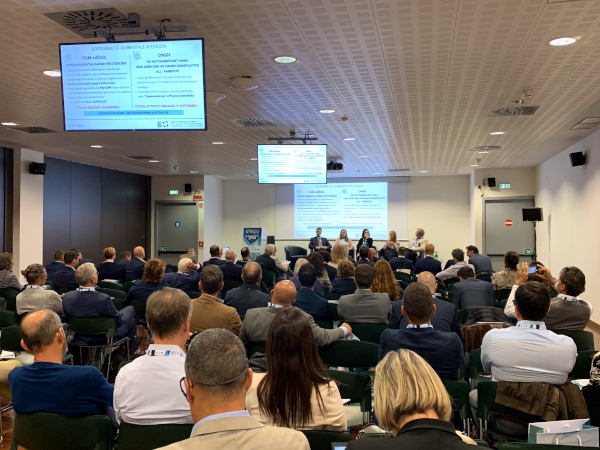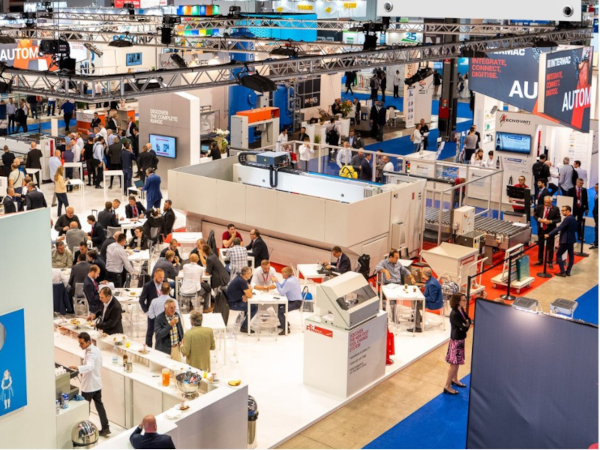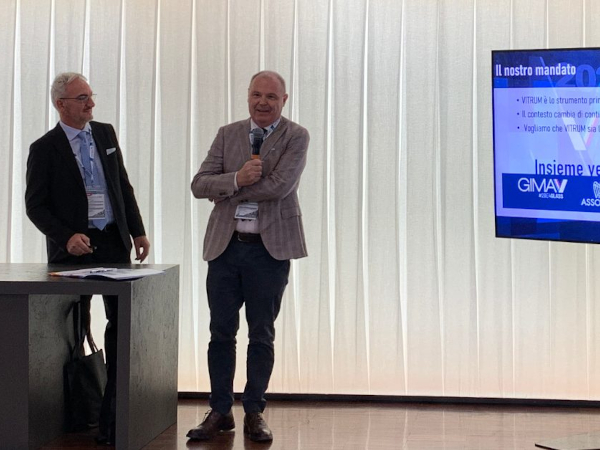Date: 27 June 2014
Really, is this crisis in the exalted BRIC nations really so severe? Above all, if it exists, is it ingrained or temporary? And which new emerging countries should we keep our eyes on then? How is the glass processing sector involved... so specific in nature, but so interconnected with the growth of the economy and global industrial development?The numbers can tell us something.That, for example, Brazil is very, very far from the levels of just a few years ago and inflation has risen to more than 6%; that Russia fears the current wave of capital fleeing the country and the drop in growth of its GDP; that India, too, has fallen below 5% growth, when only the threshold figure of 7% could manage to absorb the ten million young people who enter the job market each year; that China is struggling to maintain its own 7%, indispensable for the same reasons, but is also investing heavily in the modernization of its credit system and bureaucracy.
But, to get a clearer vision of the situation, we turned to Dino Fenzi, President of the Fenzi Group, President of Vitrum and Honorary President of Gimav.
President Fenzi, how should we interpret this flag-waving crisis in the BRIC nations?
.jpg)
The growth rate in these countries has definitely slowed, but it is still much higher than in the West. Growth is still at very significant levels; for example, in Russia there are those doing big business because consumption continues to climb before our very eyes. Indeed, no one is whining, even though some western companies may have pulled out or disappeared, probably because they bit off more than they could chew.
So, there is an industry slowdown in progress. What is the primary reason for it?
.jpg)
Certainly, the deep crisis in the West has had an impact: major manufacturing countries like China and India have suffered because the Western countries have not been able to absorb their products at the same levels as pre-2008.
Is there a gradual return to manufacturing in the West?
I don't think so. The trend of transferring production from the West is unstoppable. But it is normal for a small part of production to come back to its origins after a few years. Today, you need to be close to your customers, especially when they are processors. Also, keep in mind that the big contracts contain very strong restrictions, some go so far as to dictate that from 40 to 60% and more of the components be manufactured locally. So, it is essential to be as close as possible to the markets where your sales are located.
There is talk that the new stars on the global stage will be the MINT countries: Mexico, Indonesia, Nigeria and Turkey.
Certainly, Mexico benefits from its proximity to the United States; Indonesia to Southeast Asia, and Turkey is close to Europe. To a certain extent, they remind me of Italy's situation during the '50s and '60s, when the desire to work and improve one's standard of living, low costs and the market economy gave rise to the perfect combination that is at the root of every “economic miracle”. As to Nigeria, I would bide my time.
How is our industry involved in these macro-phenomena?
The global economic trends directly impact our sector, which is fully invested in the major processes of industrial development. Ours is a very technical kind of production, with a considerable added value compared to mass production. And the Gimav brand, that distinguishes the best Italian companies, brings Italian technology to the leading world markets, where big business is conducted. Naturally, the competition is growing, but the global market is also vastly expanded.







Add new comment